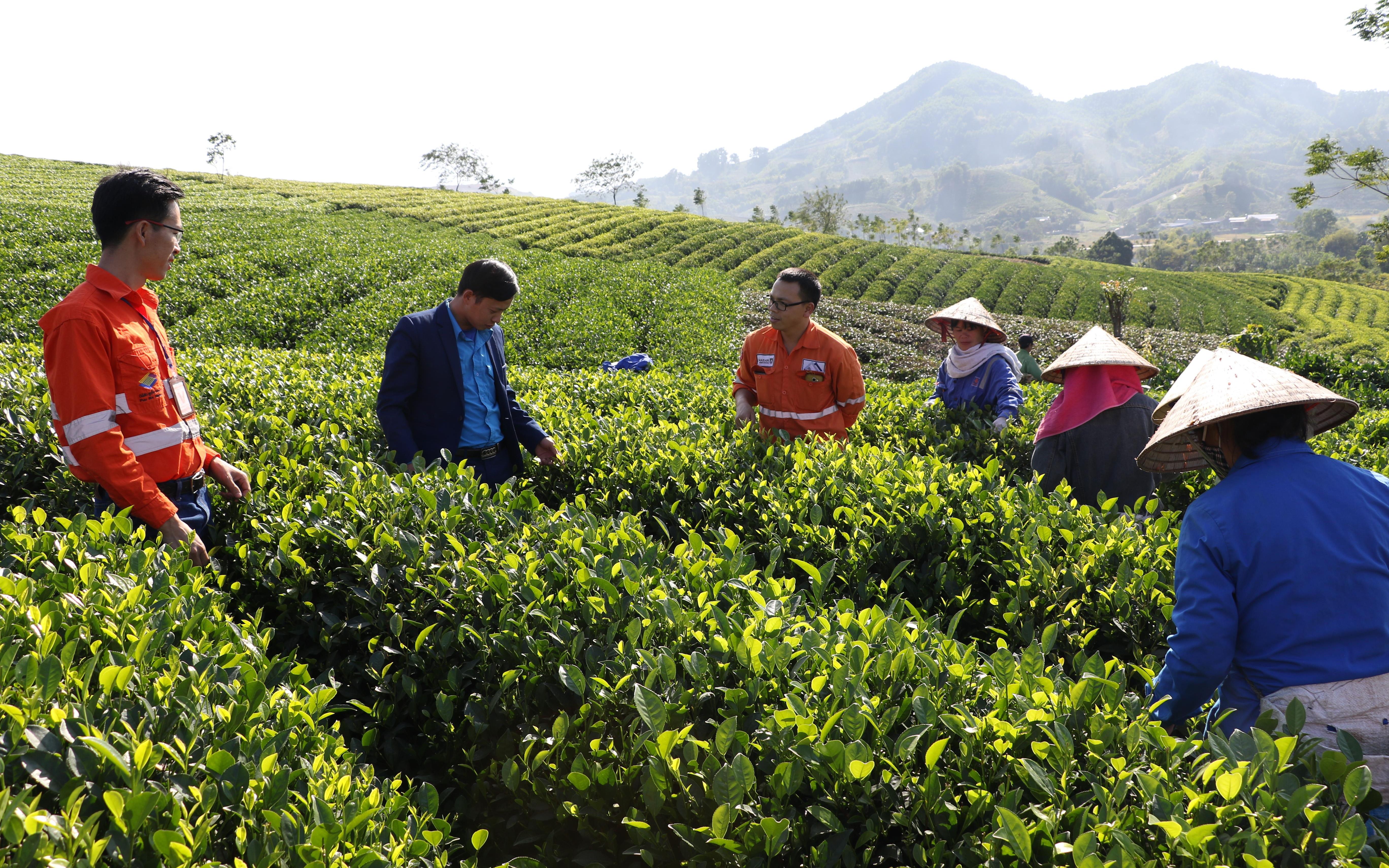
EVFTA – a solid foundation to kick-start the green growth cycle
Vietnam-European Union (EU) trade relations have entered a new stage of development, accelerating strongly since the Vietnam-EU Free Trade Agreement (EVFTA) took effect in August 2020. This agreement not only lays the foundation for eliminating tariffs on nearly 99% of tax lines according to the roadmap but also establishes a transparent legal framework, facilitating the expansion of bilateral trade turnover.
By the end of 2024, the two-way trade turnover between Vietnam and the EU will reach about 68.4 billion USD, of which Vietnam's exports to the EU will reach 51.7 billion USD, an increase of more than 18% compared to 2023. According to the assessment of the Import-Export Department ( Ministry of Industry and Trade ), the EU is currently one of the three largest export markets of Vietnam, and is also Vietnam's leading trading partner in the European bloc. This impressive growth comes from the complementarity of the two economies: Vietnam supplies agricultural products, textiles, footwear, seafood, wood and electronic components; while the EU exports machinery, pharmaceuticals, high-tech equipment and high-quality consumer goods.
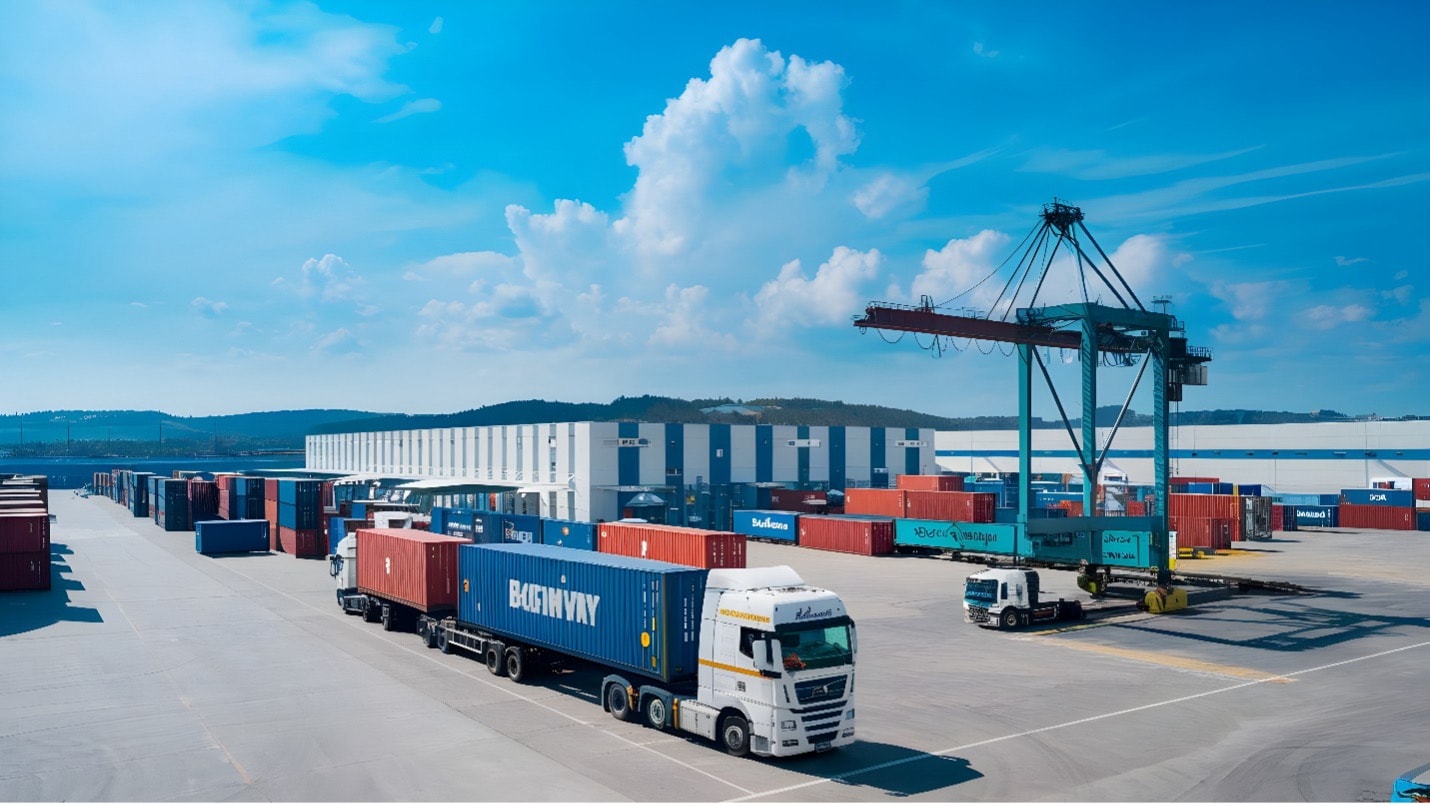
The EVFTA is a testament to Vietnam's commitment to sustainable development, energy transition and green economy .
According to Deputy Minister of Industry and Trade Phan Thi Thang, the EVFTA has opened up a new space for cooperation, helping Vietnamese enterprises access high-standard markets, while creating positive pressure to upgrade production capacity and governance towards green and sustainability. "The EVFTA is a testament to Vietnam's commitment to sustainable development, energy transition and green economy - values that the EU always upholds," she emphasized at the Vietnam - EU Forum on Green Cooperation and Digital Transformation 2025 that took place recently.
According to the leader of the Ministry of Industry and Trade, the room for growth in Vietnam-EU trade is still very large, especially in the context of the global supply chain being reshaped towards sustainability. The EU is currently implementing many strict policies such as the Carbon Border Adjustment Mechanism (CBAM) and the Extended Producer Responsibility (EPR) regulation. This is not only a challenge, but also an opportunity for Vietnamese goods to increase their value, gradually escape the processing trap and affirm their position in the global value chain.
Renewable energy, smart agriculture and circular manufacturing are becoming hot spots for investment cooperation. Vietnam is also developing a national green classification criteria, expanding its green credit policy and sustainable finance framework, demonstrating its determination to align with EU environmental standards.
To realize this opportunity, Vietnamese enterprises need to quickly implement the ESG (environment – society – governance) transformation roadmap, invest in clean production technology, optimize energy and use sustainable raw materials. When meeting these standards, Vietnamese goods will not only maintain market share in the EU but also be able to expand to other high-end markets.
Promoting green cooperation and digital transformation – the golden key to breakthrough
In practice, the EU is a pioneer in green transformation and digital economy, while Vietnam is promoting a sustainable development strategy. This is the "intersection of interests" that helps the two sides promote cooperation in the fields of renewable energy, green logistics, e-commerce and circular economy.
Deputy Minister Phan Thi Thang said that Vietnam and the EU are working together to build a specific cooperation mechanism on low emissions, sustainable supply chain development, as well as supporting small and medium-sized enterprises to participate in the cross-border e-commerce ecosystem. "Digital transformation is not only a tool to support exports, but also ensures transparency and traceability - factors that the EU highly values," she emphasized.
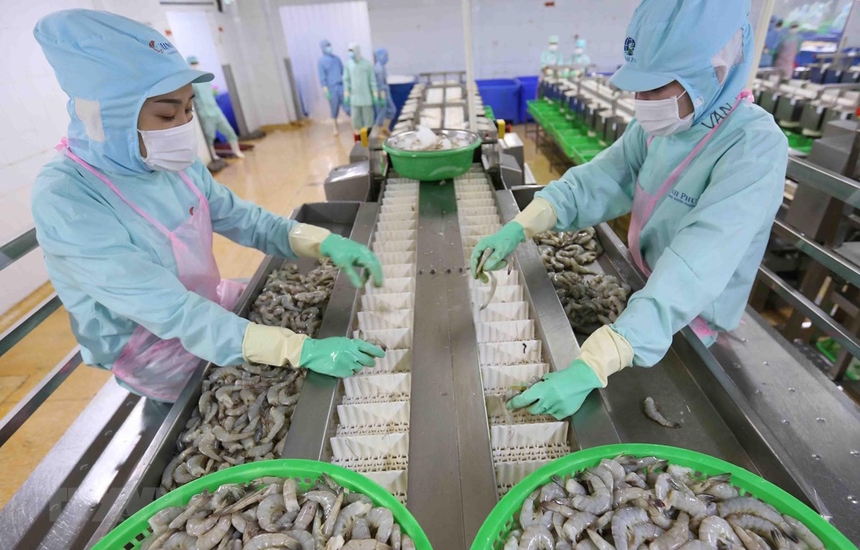
Many seafood businesses have invested heavily in electronic traceability technology.
In the agricultural and aquatic products sector – Vietnam’s key products – the application of digital technology from cultivation, processing to logistics helps businesses meet requirements on plant quarantine (SPS) and food safety (TBT). Digital platforms help to make origin records transparent and track quality in real time, thereby strengthening the trust of European consumers.
Sharing this story, Mr. Nguyen Van Tra - Director of a seafood export enterprise in Can Tho said that in order to meet the new EU standards, the enterprise has invested heavily in electronic traceability technology and a circular shrimp farming model. Thanks to the green transformation, the company has reduced emissions by about 30% and met CBAM requirements. The export value to the EU has achieved good growth thanks to that. This proves that 'greening' is not just a trend, but a real competitive advantage of Vietnamese goods.
From an expert perspective, Dr. Nguyen Minh Phong commented that a strong domestic market is a "launching pad" for businesses to test and perfect their products before entering the international market. At the same time, digital transformation in domestic distribution and production will help improve competitiveness when exporting to the EU.
For businesses, increasing trade turnover cannot rely solely on processing or exporting raw goods. Businesses need to invest heavily in research and development (R&D), product design, building Vietnamese brands and standardizing production processes according to EU standards.
Trade experts say the EU remains a top potential market for Vietnamese goods, especially in the context of increasing demand for imported environmentally friendly products, processed foods and green consumer goods. Vietnam needs to continue to take advantage of EVFTA tariff incentives, while improving production standards, eco-labels and carbon certification to meet increasing demands.
In addition, cooperation with EU enterprises in technology transfer, human resource training and trade promotion should be promoted. Bilateral cooperation programs should prioritize training on international standards such as ISO 14001, ISO 50001, as well as criteria on labor and social responsibility. In addition, it is necessary to soon complete the legal corridor for the circular economy, green credit and green bonds, to help enterprises easily mobilize investment capital in clean technology.
The prospects for Vietnam-EU trade are therefore not only reflected in the turnover figures, but also in the quality of growth – towards a green, digital and sustainable supply chain. It is a journey full of challenges and opportunities for Vietnam to affirm its position on the global trade map./.
Source: https://vtv.vn/viet-nam-eu-kim-ngach-thuong-mai-but-pha-nho-don-bay-xanh-va-chuyen-doi-so-100251018225145708.htm


![[Photo] Da Nang: Shock forces protect people's lives and property from natural disasters](https://vphoto.vietnam.vn/thumb/1200x675/vietnam/resource/IMAGE/2025/10/22/1761145662726_ndo_tr_z7144555003331-7912dd3d47479764c3df11043a705f22-3095-jpg.webp)

![[Photo] Prime Minister Pham Minh Chinh chairs meeting on nuclear power plant construction](https://vphoto.vietnam.vn/thumb/1200x675/vietnam/resource/IMAGE/2025/10/22/1761137852450_dsc-9299-jpg.webp)
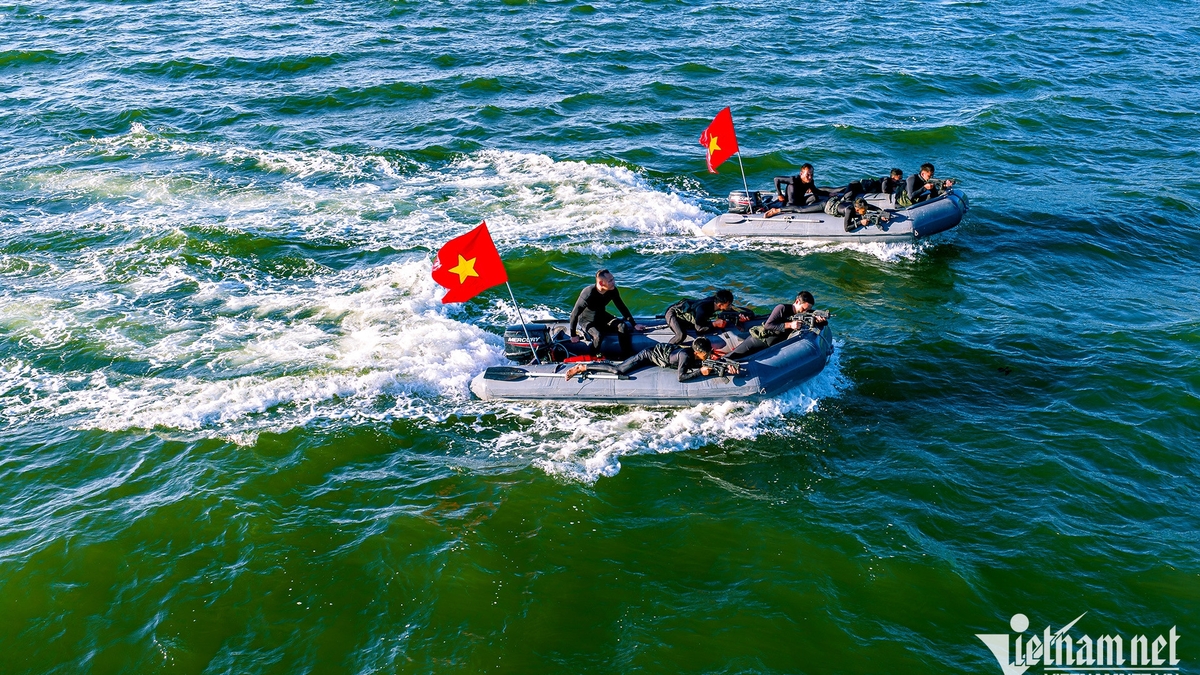


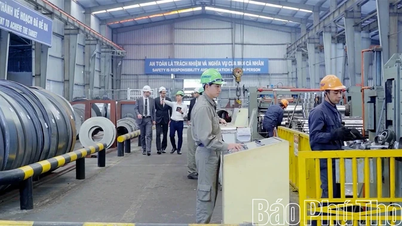



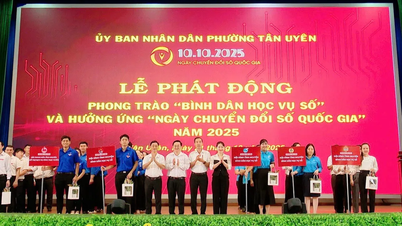

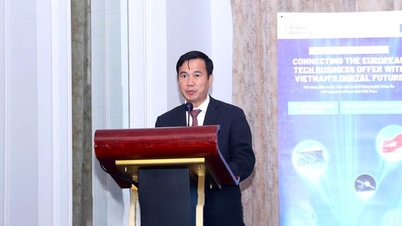



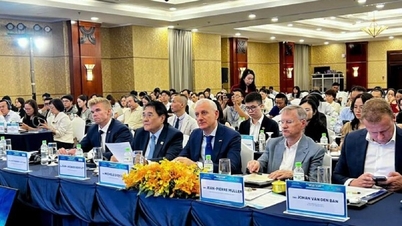
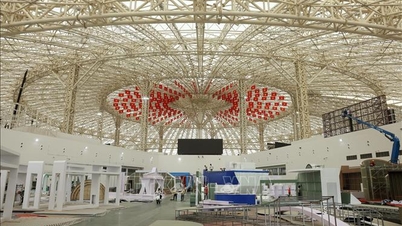

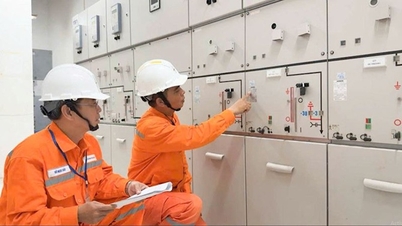
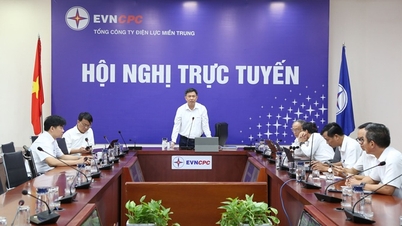
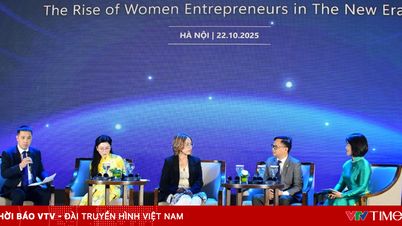
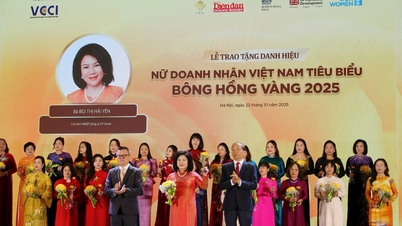

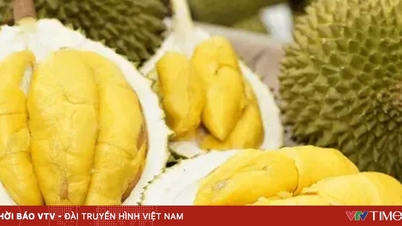




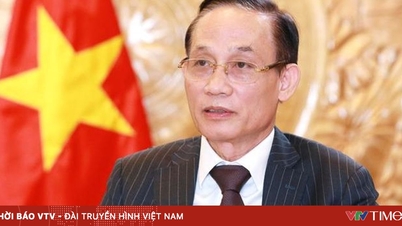
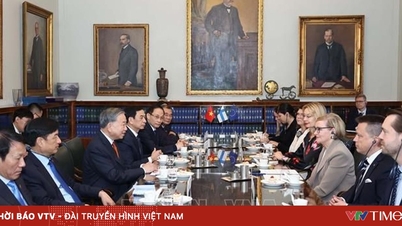
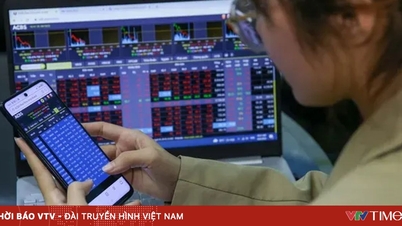
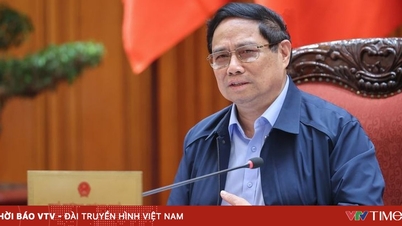
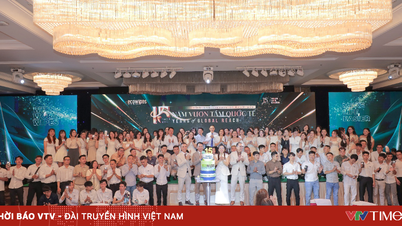
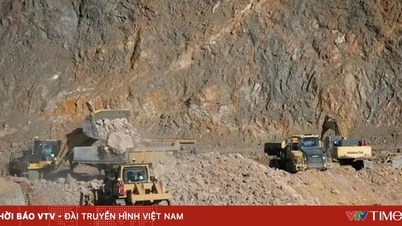



















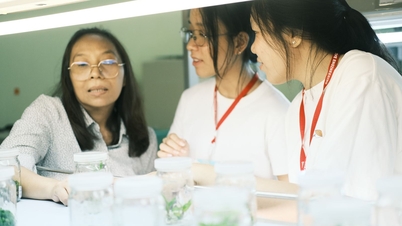
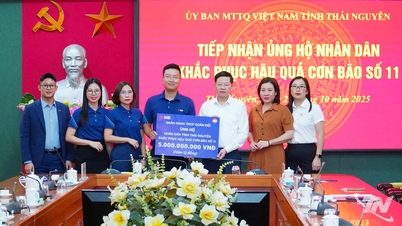

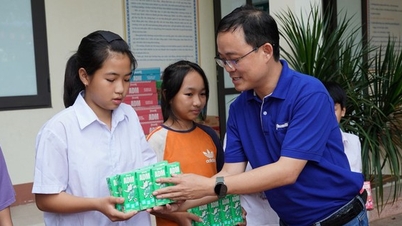

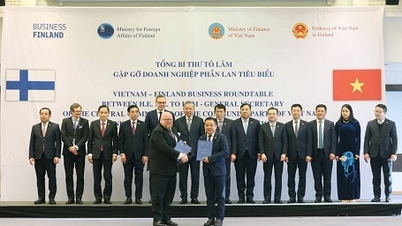











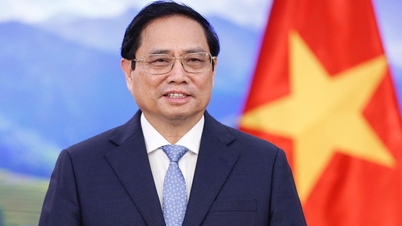

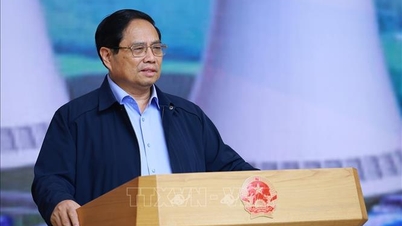




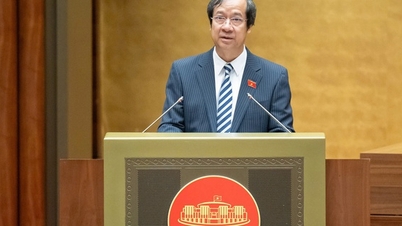


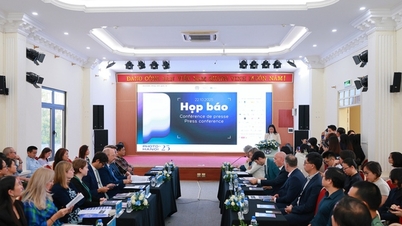

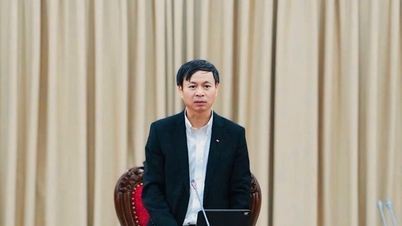





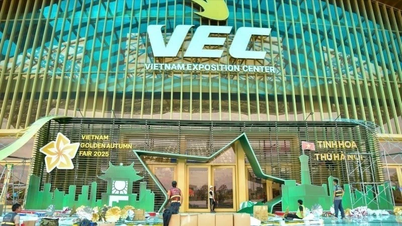



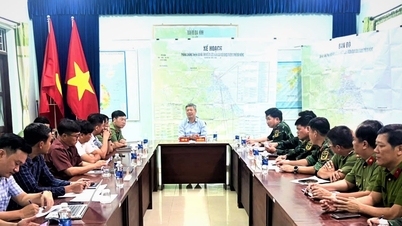














Comment (0)